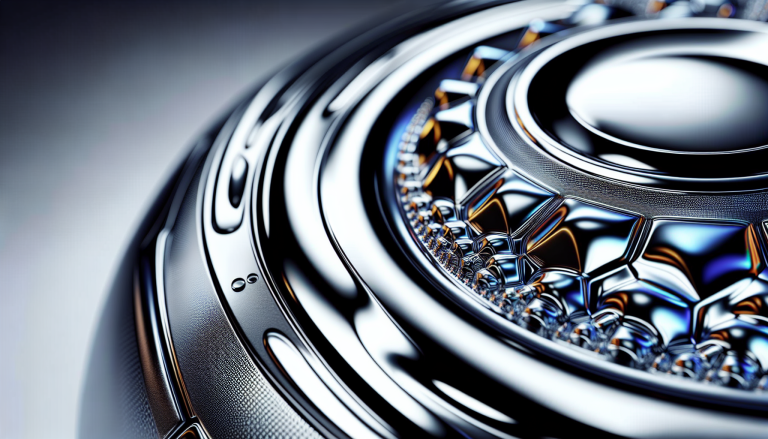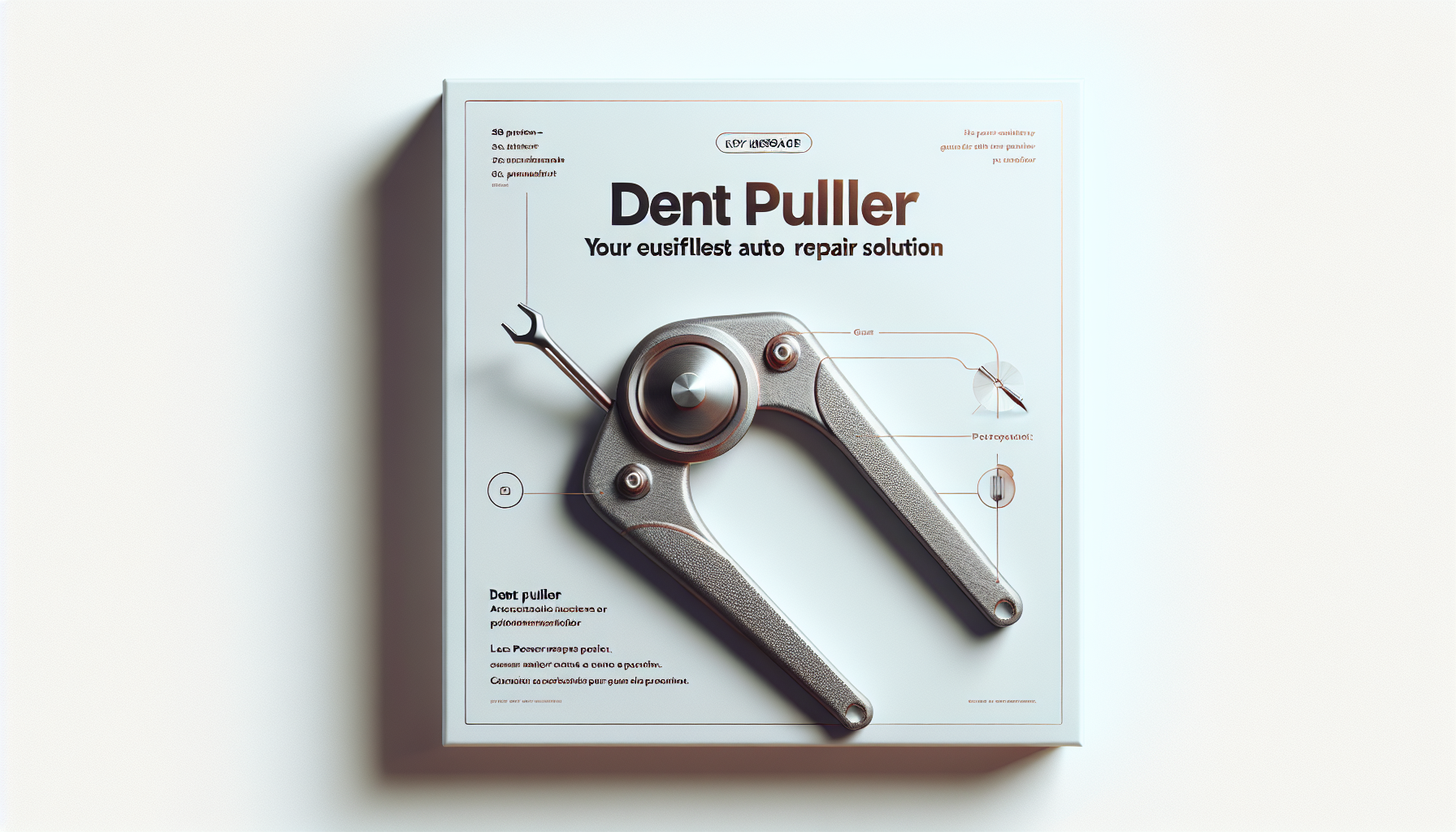Mastering the Minor Dent: A Step-by-Step Guide to DIY Paintless Dent Repair
As an avid DIY car enthusiast, I know that minor dents and dings can be a frustrating reality of car ownership. Fortunately, there’s a repair technique that can have your vehicle looking good as new without the need for costly body shop visits or unsightly paint touch-ups. Welcome to the world of paintless dent repair (PDR) – the art of gently massaging the metal back into its original shape.
Understanding Paintless Dent Repair
Paintless dent repair is a highly specialized technique that utilizes a range of specialized tools to manipulate the metal from the inside out. Unlike traditional dent repair methods that involve filling, sanding, and repainting the damaged area, PDR leaves the factory paint intact, making it an ideal solution for shallow, uncrased dents and dings.
The beauty of PDR lies in its ability to restore the original contours of the metal without compromising the vehicle’s aesthetics. By carefully accessing the backside of the dent and applying precise pressure, skilled technicians can gradually massage the metal back into its original shape, effectively erasing the blemish.
Determining the Difficulty Level
The success of a DIY paintless dent repair project largely depends on the type and severity of the damage. Generally speaking, shallow, round dents are the easiest to tackle, while deeper, more complex dents may require a bit more skill and patience.
Here’s a quick guide to help you assess the difficulty level:
• **Easy Dents**: These are shallow, round dents, typically the size of a quarter or smaller. They are often found on flat panels, such as doors or fenders, and can be relatively straightforward to repair.
• **Moderate Dents**: Slightly larger or more complex dents that may require some finesse to manipulate. These could include dents with sharper edges or those located in more challenging areas, like around body lines or near trim pieces.
• **Difficult Dents**: Deep, creased, or dents with multiple high points. These types of damages may be better suited for professional intervention, as they can be tricky to address without the proper tools and experience.

Gathering the Right Tools
Before you dive into your DIY paintless dent repair project, it’s essential to have the proper tools on hand. While the initial investment may seem daunting, these specialized tools will become essential to achieving a successful repair. Some of the must-have items include:
• **PDR Rods and Tools**: These specialized tools, often made of high-quality aluminum or steel, allow you to access the backside of the dent and gradually apply pressure to massage the metal back into shape.
• **Dent Repair Lights**: These specialized lights cast a reflection on the surface of the panel, making it easier to visualize the dent and track your progress.
• **Dent Repair Glue Tabs**: These adhesive tabs can be used to pull on the dent from the outside, providing an extra level of control and precision.
• **Microfiber Cloths**: Soft, lint-free cloths to protect the paint surface during the repair process.
• **Isopropyl Alcohol**: For cleaning the affected area and preparing the surface for the glue tabs.
Step-by-Step DIY Paintless Dent Repair
Now that you’ve got the right tools and know-how, let’s dive into the step-by-step process of tackling a minor dent using the paintless dent repair technique:
1. **Assess the Damage**: Carefully inspect the dent, taking note of its size, shape, and location. This will help you determine the appropriate tools and technique to use.
2. **Clean the Area**: Use isopropyl alcohol to thoroughly clean the affected area, removing any dirt, debris, or contaminants that could interfere with the repair process.
3. **Prepare the Surface**: If the dent is in a suitable location, apply the dent repair glue tabs according to the manufacturer’s instructions. These tabs will provide an anchoring point for you to apply pressure and manipulate the metal.
4. **Set Up Lighting**: Position the dent repair lights to cast a clear reflection on the surface of the panel. This will help you visualize the dent and track your progress throughout the repair.
5. **Engage the Dent**: Using the appropriate PDR tool, such as a rounded rod or a sharp-edged tool, begin gently massaging the backside of the dent. Apply slow, steady pressure, working your way around the perimeter of the dent to gradually restore the original shape.
6. **Monitor Progress**: Regularly check the reflection in the dent repair lights to ensure you’re making progress and the dent is being lifted evenly. Make adjustments to your technique or tool selection as needed.
7. **Refine the Repair**: As the dent starts to disappear, switch to smaller, more precise tools to fine-tune the area and blend the repaired section seamlessly with the surrounding panel.
8. **Inspect and Evaluate**: Once you’re satisfied with the results, give the repaired area a final inspection. If necessary, repeat the process to address any remaining imperfections.
9. **Clean and Finish**: Thoroughly clean the area again, and consider applying a paint sealant or protectant to help preserve the factory finish.
It’s important to remember that while paintless dent repair can be a highly effective DIY solution, it does require a certain level of skill and patience. If you’re tackling a more complex dent or feel unsure about your abilities, it may be wise to consult with a professional PDR technician to ensure the best possible outcome.




